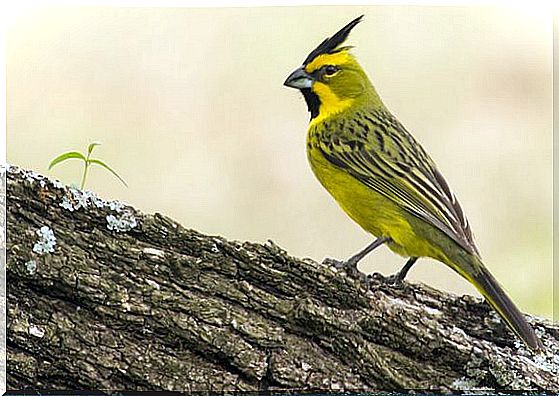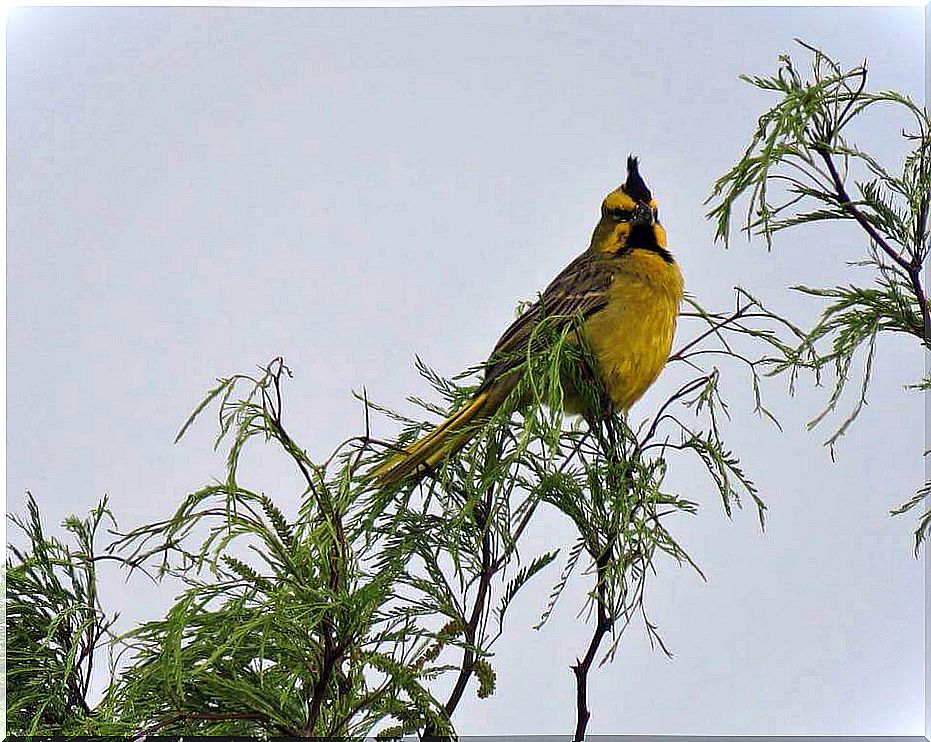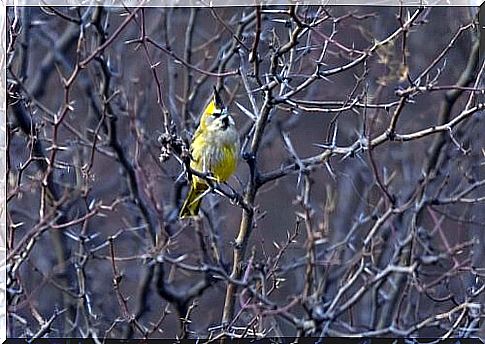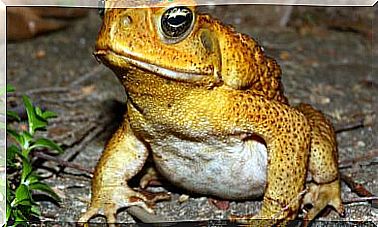The Yellow Cardinal’s Sweet, Melancholy Singing

All of the yellow cardinal’s problems are due to his beautiful singing and striking colors. This is one of the most sought after and appreciated birds by humans, although nowadays it is illegal to keep them in cages.
The number of specimens has been decreasing steadily in recent decades, which has left this small bird in a cornered position, until it is considered a species in real danger. Seeing one of them in freedom is a great spectacle, but it is increasingly difficult to find them.
elegant and smug
The yellow cardinal’s charms go far beyond his sweet, melodious singing. Unfortunately, its 8 inches long makes it an ideal bird to be displayed in a cage and one of the most sought after in the world. Check out your corner:
The males’ plumage is yellow, with a certain greenish touch and blackish brushstrokes, but what stands out the most in their look is the impressive black crest.
Females, as in most birds, have a less vivid color than males, with gray and black tones, although of similar size and with the same strong beak, with a conical shape.
Its so characteristic crest rises or lowers according to your mood, and this is also used to attract females.
While flying, keep it in a low position to improve aerodynamics, just as when it feels threatened; this is a clear indicator of your state of mind.

Yellow cardinal habitat
Until a few decades ago, it was easy to find the yellow cardinal in large areas of Brazil, Uruguay, Paraguay and Argentina.
But with the uncontrolled mass capture, its population was reduced to small areas of southern Brazil, northern Argentina and part of Uruguay.
The areas that this little bird likes the most are open forests and savannahs. His relentless search for food causes him to venture a lot on the ground, although the most common is to find him perched in trees and bushes, always on the lookout for something to take to his stomach.
Feeding and reproduction
Although they have a very varied diet, most of their food is composed of seeds, insects and larvae.
It is a very opportunistic bird, like most small birds, and often frequents areas of roads and parks to get food. But no one is bothered by this, as he cheers up any time with his melodic singing.

The yellow cardinal covers large areas to look for food and lives in continuous movement, with a vivacity that makes him suffer greatly when captured; this is not a bird that can easily tolerate life in a cage.
For the cardinal to reproduce successfully, he needs tranquility and adequate environmental conditions.
If all goes well, the female will lay between two and four eggs of a beautiful greenish color, streaked with black spots.
Future of the yellow cardinal
Pesticides and the increase in cultivated areas in the places where they used to house their nests also affected the population of this peculiar species.
Currently, it is a species that is under protection: protectors try to repopulate areas where these singing birds are no longer seen.
Its capture is also prohibited throughout South America, but its recovery will be slower than expected as it is a species that needs many requirements to achieve successful breeding.
Only time will tell us whether this little passerine bird will be able to recapture the population that existed just 30 years ago, something all bird fans are eager to see happen.
Such is the love that this bird provokes that, in the city of Entre Rios, in Argentina, it was declared a provincial natural monument in 2002; few birds can be proud of such an honor…









